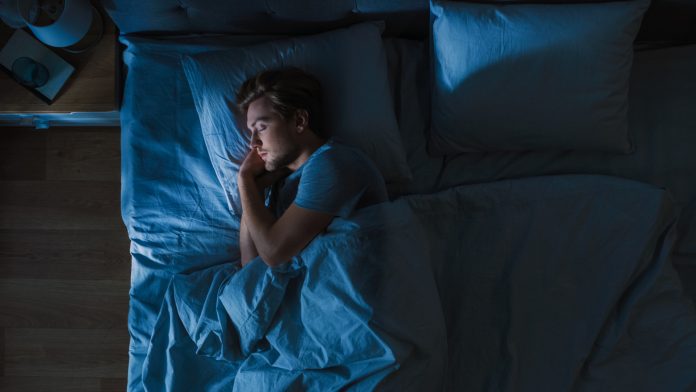
A new study focuses on whether nocturnal teeth grinding and jaw clenching causes the development of temporomandibular joint disorders.
A study conducted by the University Clinic of Dentistry of the Medical University of Vienna has observed that certain tooth shapes and tooth locations could lead to temporomandibular joint problems resulting from nocturnal teeth grinding and clenching the jaw.
Researchers investigated whether nocturnal teeth grinding and jaw clenching could also negatively affect the temporomandibular joint (TMJ) structures.
Nocturnal teeth clenching affects around 15% of the population and is common in younger people. The pressure on the tooth surfaces and jaws can cause various dental health problems and result in pain in the jaw muscles and headaches. It is unclear what causes nocturnal teeth grinding, but it is often linked to stress, anxiety and sleep problems such as snoring.
The temporomandibular joint connects the jawbone to your skull. Nocturnal teeth grinding and jaw clenching can cause jaw joint pain and affects the muscles that control jaw movement. The exact cause of TMJ disorder can be difficult to diagnose; this new study addresses whether nocturnal teeth grinding and jaw clenching could cause this disorder.
The findings were recently published in the Journal of Advanced Research.
Investigating the impact of nocturnal teeth grinding
Using a state-of-the-art computer model of the masticatory region, the research team examined the interaction between two factors that coincide with nocturnal teeth grinding and jaw clenching.
The first subject of examination was the shape of the affected tooth, more specifically, the angle of inclination of the dental cusp that is in contact with its opposite number of grinding. The second focal point is the location of the tooth contact (the wear facet) during a dynamic grinding motion. The team simulated the effects of lateral grinding on the first molar and the canine with six different wear facet inclinations, resulting in a total of twelve simulated scenarios.
What did the researchers find?
“Our results show that both the inclination and location of the wear facets have an influence on the strength of the mechanical load on the temporomandibular joint,” explained Benedikt Sagl. “However, it would appear that the decisive factor is the steepness of the grinding facet. The flatter the tooth, the higher the loading on the joint and therefore the higher the risk of a TMJ disorder.”
Conversely, if the dental cusps involved in nocturnal teeth grinding and jaw clenching have a steeper angle of inclination, the calculated joint loading was lower, even with the same “grinding force” (bruxing force). Further research will now be conducted, coupled with clinical investigations, to establish whether this finding can be incorporated into the development of therapeutic interventions for sleep bruxism.









